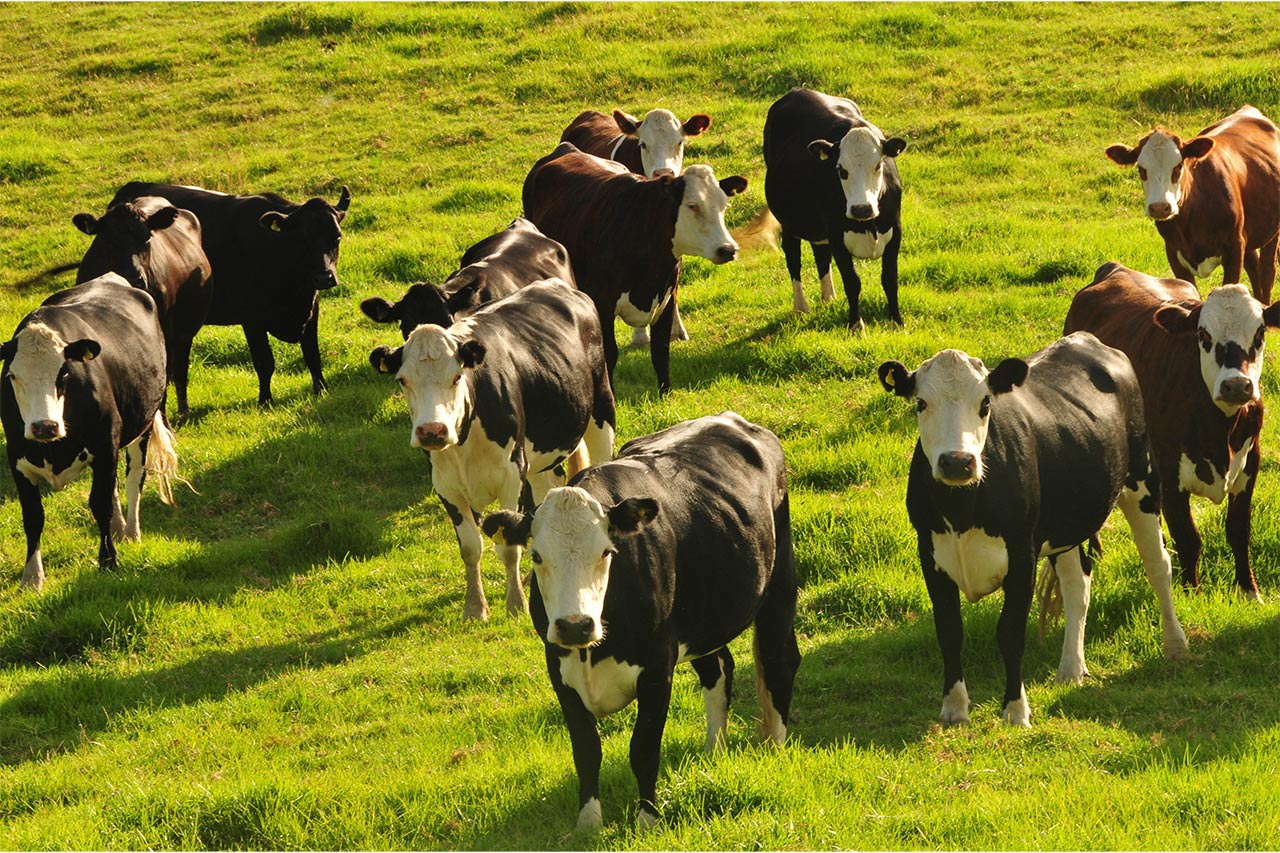This article has been originally published in Farmers Weekly on July 4, 2023
I participated in a breakout session on the second day of the E Tipu Agri Summit in Christchurch. I do my best to stay informed of the Aotearoa Circle’s initiatives through its newsletters, but the first half of the presentation went over the heads of many participants, including myself.
The session was designed to address the question “How can a nation with agribusiness at its heart balance the needs of its communities, its producers, its environment and its international markets?”
Jack Keey’s intention to present an overview of the national Mana Kai and agri-adaption roadmap initiative would have been of interest to many, but maybe because of time constraints, it was very rushed, and therefore little in the way of context supplied.
The second part of the workshop was intended to evaluate the work by fielding questions and answers from the audience. The questions were easy enough to answer but it was quite difficult to connect them to the initial presentation. Once again, time was not on his side.
This is a complex issue and I’m left to conclude that this brief workshop format was not conducive to genuine feedback and may have missed the mark.
What was reinforced for me through this session was that we have two operating models with a fragile bridge between. On one side we have very clever minds with clean fingernails working on solutions, and on the other side we have totally practical people left with the burden and worry of implementation.
A number of conversations throughout the day related to this gap between idea and implementation. We love to study, research, and write reports. To that point, I hear that at least six organisations in New Zealand are producing reports on the future of NZ agriculture, or food and fibre as it is now called.
Our lack of ability to implement has long been recognised as part of the innovation journey. We have ideas but we don’t know how to implement them successfully. I wonder if this is not just another example, albeit on a very large and critical scale.
Arguably, a significant majority of NZ farms are still single-holding, privately owned properties. In that scenario, every aspect of running that business falls on the farmer. The farmer is beset with information from every possible angle.
“The idea behind the Bridging the Divide project is quite simple: That we give city people the opportunity to develop a one-on-one relationship with a farmer, within his/her environment. “
In times of rapid change, it’s important to acknowledge that people under stress do not make good decisions if they make decisions at all. I feel that there has been a distinct failure to understand this essential facet of human nature when designing new land and water policies. In short, many of our farmers are overwhelmed.
It is this overwhelm that needs to be addressed before we can expect notable uptake of new ideas.
Change is hard. From a human point of view, I am on the side of farmers. But with the future firmly in mind, I am unable to support any remaining belligerent ignorance of the issues and the implications for all of us. Again, there is little argument that change needs to happen and fast; but engagement, for some, is the problem.
As a farmer, being critical of attempts made by city dwellers to bridge the gap would only be repeating, in reverse, accusations previously levelled by city people at farmers. There cannot be a rational argument for New Zealanders not seeing ourselves in this together.
In 2021/22, we modelled a programme designed to renew the fellowship between country and city. We got very small seed funding from our government, but the majority of the project has been advanced through gifts of time and considerable patience.
The idea behind the Bridging the Divide project is quite simple: That we give city people the opportunity to develop a one-on-one relationship with a farmer, within his/her environment. This is in the hope of addressing our oversimplified urban view of the issues and decision-making processes of people on the land. We also want people on the land to feel understood and supported during a time when they are under pressure to embrace change.
There are many positive farmer-to-farmer support programmes, in addition to all the various fantastic initiatives in support of our agricultural sector. But we wished to apply different thinking to the core problem in the shape of a system-designed perspective that places people at its core.
It is now our job to seek support to continue the work and scale the effect. Hopefully without sounding grandiose, to help heal a festering wound between city and country and to help our agriculture industries to regain their mana in our broader NZ society.
“The great successes take no account of the many who have been sidelined in the workplace. A goal for workplaces for 2021 could be to create a workplace where cognitively different people can thrive. “
A better way forward is to establish a culture where cognitive difference is accepted in the workplace as well as in the community, and diversity of thought is valued, not stigmatised.
The great successes take no account of the many who have been sidelined in the workplace. A goal for workplaces for 2021 could be to create a workplace where cognitively different people can thrive.
The last word goes to the Harvard Business Review: “The neurodiverse population remains a largely untapped talent pool. Unemployment runs as high as 80 percent (this figure includes people with more severe disorders, who are not candidates for neurodiversity programs). When they are working, even highly capable neurodiverse people are often underemployed.”




